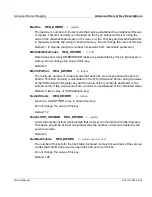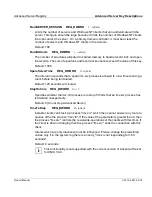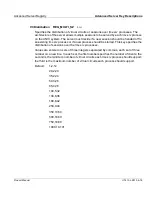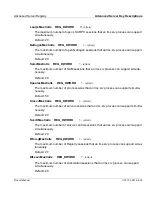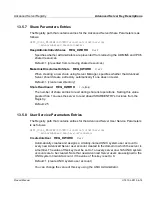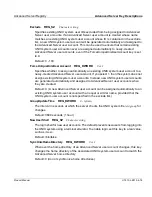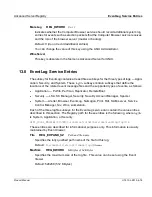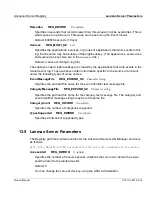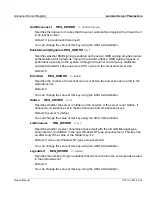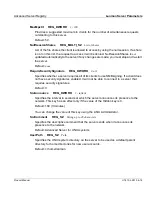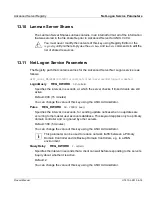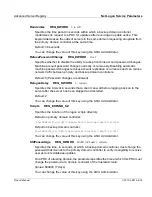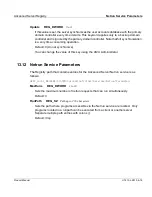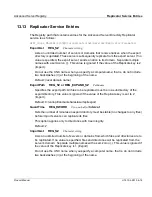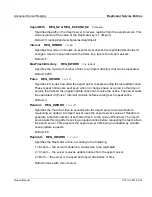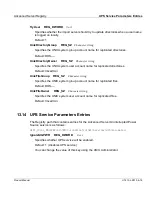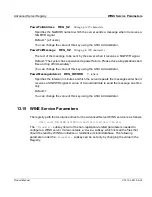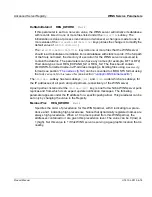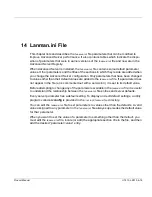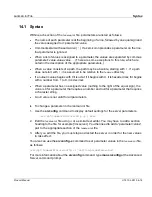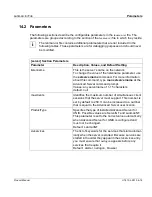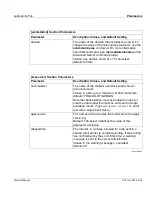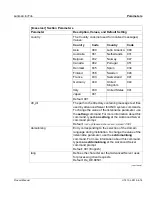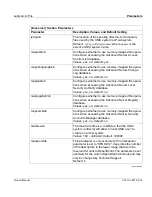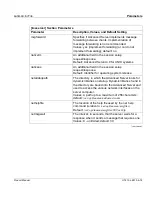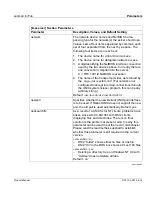
Advanced Server Registry
Net Logon Service Parameters
Product Manual
U7613-J-Z815-6-76
©
S
iem
e
n
s
N
ix
dor
f
In
fo
rm
at
io
n
s
s
y
s
te
m
e
A
G
1
9
9
5
P
fad
: D:
\O
7
613
e6
\u
761
3e
.k
13
Randomize REG_DWORD
5 to 120
Specifies the time period in seconds within which a backup domain controller
randomizes its request to a PDC for updates after receiving an update notice. This
keyword decreases the odds of servers in the same domain requesting an update from
the primary domain controller at the same time.
Default: 30 seconds
You can change the value of this key using the AS/U Administrator.
RefusePasswordChange REG_DWORD
0 or 1
Specifies whether to disable the ability to accept machine account password changes.
Machine account password changes normally occur weekly. Disabling automatic
machine password changes reduces account replication occurrences and can reduce
network traffic between primary and backup domain controllers.
Default: 0 (Password changes are allowed)
RelogonDelay REG_DWORD
1 - infinity
Specifies the interval in seconds that a client can wait before logging back on to the
server after the server has been stopped and restarted.
Default: 2
You can change the value of this key using the AS/U Administrator.
Scripts REG_EXPAND_SZ
Specifies the location of the logon scripts directory.
Default on primary domain controller:
%SystemRoot%\var\opt\lanman\shares\asu\repl\export\scripts
Default on backup domain controller:
%SystemRoot%\var\opt\lanman\shares\asu\repl\import\scripts
You can change the value of this key using the AS/U Administrator.
SSIPasswdAge REG_DWORD
86400 (24 hours) - infinity
Specifies the time, in seconds, at which a backup domain controller must change the
password that it sends to the primary domain controller to verify its eligibility to receive
user accounts database updates.
On a PDC of a trusting domain, the parameter specifies the time at which this PDC must
change the password at a domain controller of the trusted domain.
Values: 604800 (7 days)
You can change the value of this key using the AS/U Administrator.

